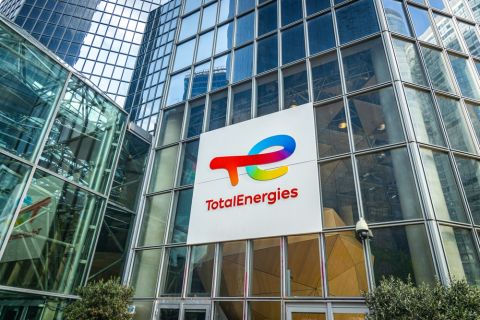Sometimes it takes more than bootstraps when it comes to lift, and that’s good news for the onshore artificial lift business. Two-thirds of respondents in a mid-April Hart Energy survey cited increasing demand for artificial lift services in a sector that would grow faster yet were it not for shortages of experienced labor.
The driver in artificial lift is the same as what’s driving everything in oil and gas: rising demand in tight formation development, particularly in the Permian Basin; the Midcontinent; and the Niobrara, Bakken and Eagle Ford shales.
Currently a majority of that demand focuses on electric submersible pumps (ESPs) both onshore and offshore. ESPs are the primary choice in a majority of circumstances unless well production is low. In that case, customers are opting for gas lift, which is described as more efficient. In areas like the Permian Basin, customers are trying both ESP systems and surface lift systems with jet pumps.
The debate between surface systems and ESPs is robust. Proponents for ESPs argue that surface systems are best in specific applications only and can be inefficient. ESPs offer versatility with a wider range of variable speed controls, the argument goes, and can be designed for larger volumes. On the other hand, competing vendors note that ESPs are prone to plug up or suffer sand damage without any cost advantage for the customer.
In general, customers find ESPs best suited for high flow zones. Gas production systems mostly employ artificial lift for dewatering purposes. And gas lift is described as particularly effective in oily regions with low oil flow but sufficient reservoir natural gas, according to survey respondents.
Artificial lift systems have become part of the completion process for customers in unconventional basins and are installed immediately after hydraulic fracturing to aid flowback, then adjusted for permanent configuration.
“Artificial lift for flowback is usually rented for two to three months, and then a permanent system is designed for the well after initial production levels off and the well averages are known,” said a mid-sized service provider and system manufacturer in the Rockies.
“We use ESP systems to handle the flowback and then test well production to determine what submersible pump to change to for the permanent system,” a Texas manufacturer told Hart Energy.
Currently, lead times for onshore systems average less than three days onshore and less than 30 days offshore. But equipment providers told Hart Energy that rising demand in a growing market and a shortage of experienced personnel will prompt lead times to lengthen in 2014.
“Demand has outstripped the available experienced personnel, restricting growth,” a mid-sized Texas manufacturer told Hart Energy.
One Rocky Mountain-based manufacturer cited implementation of additional training programs for employees to expand the firm’s ability to meet growing demand.
Manufacturers participating in the survey outlined demand in various ways. Two of nine respondents said that 90% of all wells require artificial lift systems today.
Three other respondents pointed to the use of artificial lift in the flowback stage adding incremental demand as well.
“Newer technology keeps improving the systems,” said a top-tier Texas manufacturer. “Everyone wants better production, and that drives demand. We are currently doing $700,000 to $1 million per month just in Texas with artificial lift. We are booming.”
Demand has increased in liquids-rich plays as operators attempt to maximize liquids output before production decline occurs. Operators also are installing gas lift systems in natural gas wells or using ESP systems for dewatering to increase gas production.
Pricing varies, but representative ESP systems are running about $100,000 per installation for standard configurations and $150,000 per installation if a customer needs slimline equipment for smaller casing sizes.
Recommended Reading
Tivoli Midstream Buys Southeast Texas Coast Infrastructure
2024-04-29 - Tivoli Midstream acquired the Chocolate Bayou from Ascend Performance Materials, including storage and land for development.
ONEOK CEO: ‘Huge Competitive Advantage’ to Upping Permian NGL Capacity
2024-03-27 - ONEOK is getting deeper into refined products and adding new crude pipelines through an $18.8 billion acquisition of Magellan Midstream. But the Tulsa company aims to capitalize on NGL output growth with expansion projects in the Permian and Rockies.
Global Partners Buys Four Liquid Energy Terminals from Gulf Oil
2024-04-10 - Global Partners initially set out to buy five terminals from Gulf Oil but the purchase of a terminal in Portland was abandoned after antitrust concerns were raised by the FTC and the Maine attorney general.
Infrastructure Company Savage Acquires Houston’s Texon
2024-05-03 - Texon, a midstream service provider, will continue operations under its legacy brand.
TotalEnergies Buys Majority Stake in Ecoslops Provence JV
2024-03-01 - TotalEnergies bought out its joint venture partner to become the sole shareholder in cleantech venture Ecoslops Provence.





